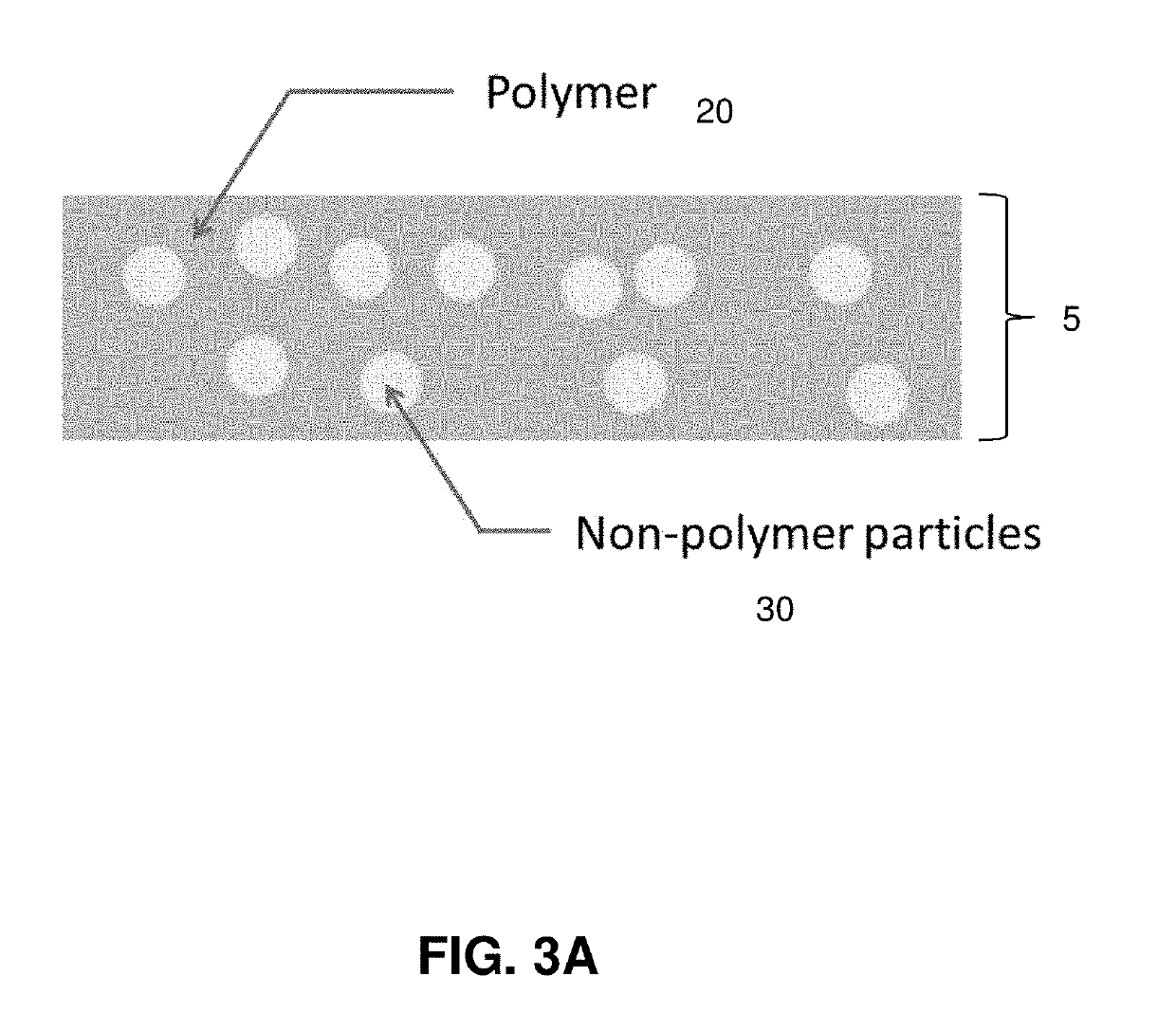Radiative cooling structures and systems
a cooling structure and radiation technology, applied in the field of radiation cooling structures and systems, can solve the problems of large power density mismatch between, and achieve the effects of convenient production and integration, improved efficiency, and improved efficiency
- Summary
- Abstract
- Description
- Claims
- Application Information
AI Technical Summary
Benefits of technology
Problems solved by technology
Method used
Image
Examples
Embodiment Construction
[0081]In the drawings, like reference numbers refer to like elements.
[0082]The electromagnetic spectrum can be classified into several regions. Regions referred to herein are the infrared region (wavelength approximately 1 mm to 750 nm), visible region (wavelength approximately 750 nm to 400 nm) and the ultraviolet region (wavelength approximately 400 nm to 40 nm). The infrared region has also been classified into sub-regions using various classification schemes; in the ISO classification scheme the mid-infrared is approximately 3 μm to 50 μm. As used herein the radiant flux is the radiant energy per unit time (e.g. W), the irradiance is the radiant flux received by a surface per unit area (e.g. Wm−2) and the spectral irradiance is the irradiance of a surface per unit wavelength (e.g. Wm−2 nm−1).
[0083]Electromagnetic radiation emitted from matter at a temperature above absolute zero may be referred to as thermal radiation. The solar spectrum refers to the distribution of electromagn...
PUM
| Property | Measurement | Unit |
|---|---|---|
| size | aaaaa | aaaaa |
| wavelength | aaaaa | aaaaa |
| emissivity | aaaaa | aaaaa |
Abstract
Description
Claims
Application Information
 Login to View More
Login to View More - R&D
- Intellectual Property
- Life Sciences
- Materials
- Tech Scout
- Unparalleled Data Quality
- Higher Quality Content
- 60% Fewer Hallucinations
Browse by: Latest US Patents, China's latest patents, Technical Efficacy Thesaurus, Application Domain, Technology Topic, Popular Technical Reports.
© 2025 PatSnap. All rights reserved.Legal|Privacy policy|Modern Slavery Act Transparency Statement|Sitemap|About US| Contact US: help@patsnap.com



